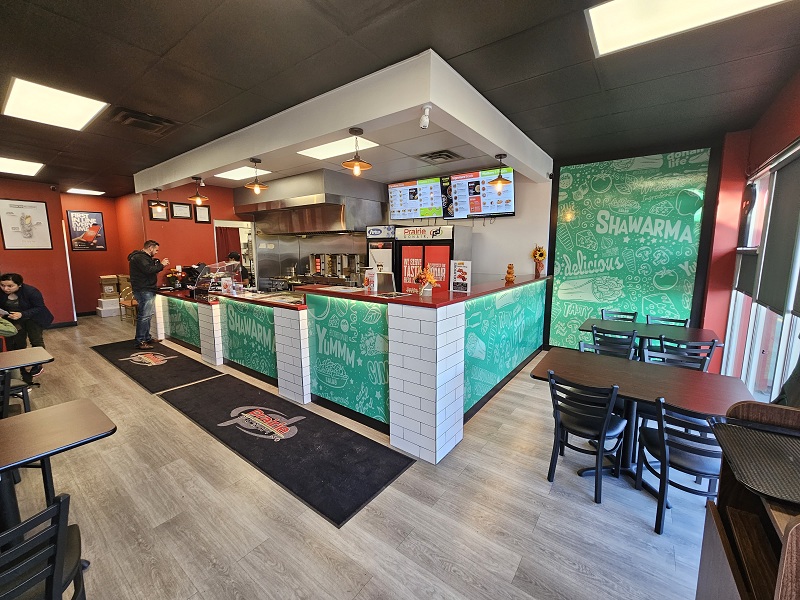Agile workspaces have become increasingly relevant in today’s fast-moving business environment. For companies in New Zealand looking to support hybrid teams, collaborative processes, and evolving work styles, the agile approach offers flexibility, efficiency, and responsiveness.
However, one common barrier to implementing this model is cost. Many assume that a modern, multifunctional office space requires a hefty budget.
The reality is quite the opposite—with thoughtful decisions and resourceful planning, businesses can build effective agile zones without overspending.
Start With Space Optimisation
The first step in cost-effective agile zone planning is to fully understand your current space. Too often, businesses rush to purchase new items without assessing what’s already available or how areas can be better utilised.
Reconfiguring the existing layout, for example, can unlock underused corners or consolidate resources that are spread too thin.
By applying principles of activity-based workplace and mapping how teams actually move and interact, you can identify opportunities to create dedicated areas for collaboration, focus, and informal meetings—all without expanding the footprint or undergoing structural change.
Choose Functionality Over Aesthetic Trends
Design trends can be tempting, but they often inflate costs without improving productivity. An agile workspace does not require elaborate décor or expensive furnishings.
What matters most is flexibility. Furniture that is lightweight, easily movable, or modular allows teams to adapt their environment as needed. Selecting items based on durability and purpose ensures long-term value, especially in high-use areas.
Businesses that focus on core functional elements rather than superficial style can dramatically reduce setup expenses while still creating a professional and dynamic setting.
Invest Strategically in Essential Equipment
Agility depends on the availability of practical tools that support various work modes, such as group brainstorming, quiet solo work, or client meetings. Instead of attempting to kit out every part of the office at once, it’s more economical to prioritise zones that will deliver immediate benefit.
For example, converting a conventional meeting room into a multi-use hub with basic tech support and flexible seating may serve several teams more effectively than isolated upgrades elsewhere. Strategic phasing also allows budget control, where improvements are made over time based on feedback and evolving needs.
Source Quality Furniture Sustainably
One of the most impactful ways to manage costs is to move away from buying brand-new office furniture. High-quality second-hand or repurposed pieces offer exceptional value and often last just as long as new equivalents. This route also supports environmental sustainability—an increasingly important consideration for many businesses.
For instance, those designing collaborative workspaces or hot desking zones can find a wide range of used office chairs for sale, offering ergonomic support and robust design at a far lower price point. Choosing pre-owned seating, desks, and storage not only reduces upfront costs but also promotes a culture of conscious consumption.
Define Zones Without Construction
Creating different work zones does not necessarily require building walls or installing costly permanent structures. Spatial definition can be achieved through visual and functional cues. Using rugs, varied lighting, open shelving, or even planters can help delineate quiet zones from collaborative areas.
These elements are affordable, adaptable, and easy to rearrange as requirements shift. The emphasis should be on allowing fluid transitions between different work modes rather than enforcing fixed boundaries, which also supports evolving team configurations.
Involve Your Team in the Design Process
Cost-effective planning also benefits from employee input. Teams often have the clearest understanding of what tools or spaces would improve their work experience.
Engaging them early in the process allows you to avoid unnecessary purchases and better align the design with real operational needs. A simple feedback round or pilot layout trial can reveal surprising insights that might otherwise be overlooked.
This approach not only strengthens team morale but also ensures that any money spent directly supports usability.
Smart Design, Sustainable Spending
An agile workspace doesn’t require a premium fit-out to be effective.
Through practical use of space, prioritisation of core functionality, and the intelligent sourcing of furniture and tools, businesses can create dynamic, responsive environments without overspending.
The key lies in making informed, flexible choices that meet immediate needs while leaving room for growth and change.

